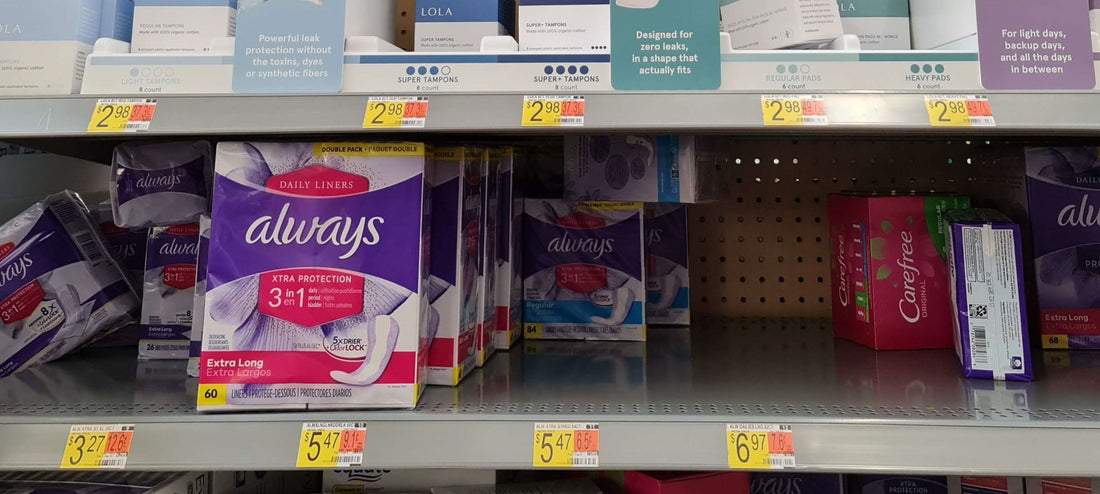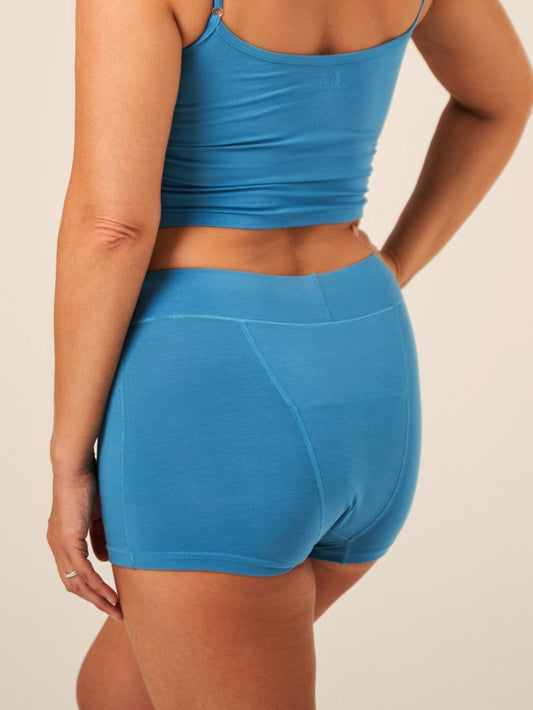Sanitary pads and tampons are essential items for many people who menstruate, and they are often used on a regular basis. However, until recently, there was no legal requirement for manufacturers to disclose the ingredients used in these products.
In 2020, New York became the first state to pass a law requiring manufacturers to disclose the ingredients used in their sanitary pads and tampons. The law, which took effect on January 1, 2021, requires manufacturers to include a list of ingredients on the packaging of these products. The law also requires manufacturers to disclose whether any of these ingredients are considered to be harmful or toxic.
So what ingredients are typically used in sanitary pads and tampons, and what do manufacturers disclose on their packaging or websites?
Let's take a look at some of the most commonly used ingredients.
Cotton is one of the most widely used materials in sanitary pads and tampons. Cotton is a natural fiber that is soft, breathable, and absorbent, making it ideal for use in these products. Some manufacturers, such as Always and Tampax, use 100% cotton in their products.
Rayon is another commonly used material in sanitary pads and tampons. Rayon is a synthetic fiber that is absorbent and soft. Some people have raised concerns about the potential health risks associated with rayon, as it is often bleached with chlorine. However, many manufacturers now use a chlorine-free bleaching process.
Other ingredients that may be used in sanitary pads and tampons include synthetic materials such as polyester and polypropylene, as well as adhesives, fragrances, and dyes. Some of these ingredients have been linked to health concerns, such as skin irritation and allergic reactions.
Some major brands disclose their product ingredients on their website, which you always can check yourself.
These were chemicals listed by some pads and tampons:
- Ditallowethyl Hydroxyethylmonim Methosulfate -
According to EWG's Skin Deep Database this chemical is classified as an "expected to be toxic or harmful" ingredient due to its potential for skin irritation and allergy concerns.
Additionally, some studies suggest that Ditallowethyl Hydroxyethylmonim Methosulfate may have environmental concerns, as it is classified as a persistent, bioaccumulative, and toxic (PBT) substance. This means that it is not easily broken down in the environment and can accumulate in the food chain over time, potentially causing harm to wildlife and ecosystems.
- Petrolatum -
According to the Environmental Working Group (EWG), Petrolatum is considered to be a low to moderate hazard ingredient, depending on the specific product formulation and use. It is commonly used in cosmetic and personal care products as a moisturizer and occlusive agent due to its ability to help lock in moisture and protect the skin from environmental factors.
However, there are concerns about the safety of Petrolatum due to the potential for contamination with polycyclic aromatic hydrocarbons (PAHs), which are known to be carcinogenic. Some studies have also suggested that Petrolatum may cause skin irritation or allergic reactions in some individuals.
- Fragrance -
Fragrances can also be a source of concern for some individuals. Fragrance ingredients are often considered to be trade secrets, which means that manufacturers are not required to disclose the specific chemicals used in their fragrances. This lack of transparency can make it difficult for consumers to determine exactly what chemicals they are being exposed to, and whether or not those chemicals may pose a risk to their health.
Some fragrance ingredients, particularly synthetic ones, have been linked to skin irritation, allergic reactions, respiratory problems, and even hormonal disruptions. In addition, fragrances can also contribute to air pollution and environmental damage.
- Colorants or dyes -
While dyes can be a useful tool for adding color to products, it's important to be aware of any potential risks or concerns. For example, some synthetic dyes have been shown to be carcinogenic or to cause allergic reactions in some individuals. It may contain impurities such as heavy metals, which can be harmful to human health and the environment.
- Glycerin -
Glycerin is a common ingredient used in some tampons as a lubricant to make them easier to insert. However, there have been some concerns raised about the potential for glycerin to cause vaginal infections.
Glycerin is a sugar alcohol that is commonly used in personal care products such as lotions, soaps, and lubricants. It is considered safe for use in these products and is generally recognized as safe by the US Food and Drug Administration (FDA).
Some studies have suggested that glycerin may increase the risk of vaginal infections, particularly yeast infections. This is because glycerin can provide a food source for yeast, which can then overgrow and cause an infection.
Other chemicals in pads and tampons PEG-100 Stearate, PEG Hydrogenated Castor Oil Trilaurate, PEG Sorbitol Hexaoleate, Titanium Dioxide, Ethoxylated Fatty Acid Esters, Paraffin, Methyldihydrojasmonate, Ethylene Brassylate, Dipropylene Glycol.
It's worth noting that the safety of any ingredient can vary depending on its concentration, exposure level, and other factors. Therefore, it's important to consider multiple sources of information and consult with a healthcare provider or a qualified professional if you have concerns about specific ingredients.
In conclusion, the laws requiring manufacturers to disclose the ingredients used in sanitary pads and tampons are a welcome development for many people who use these products. By providing more transparency about the materials used, manufacturers can help consumers make more informed decisions about the products they choose to use. Consumers can also use this information to advocate for safer and more sustainable products in the future.





